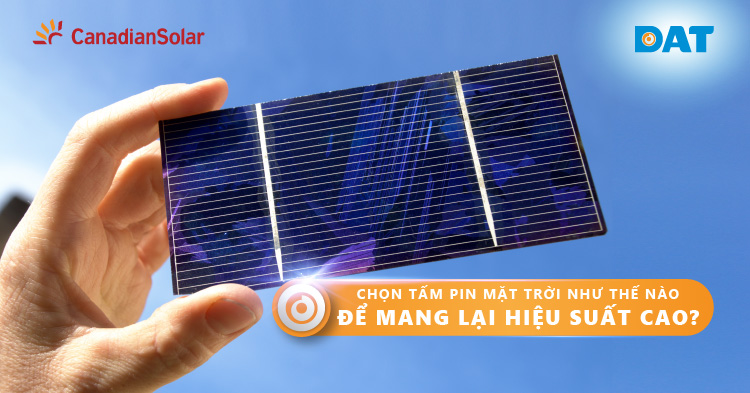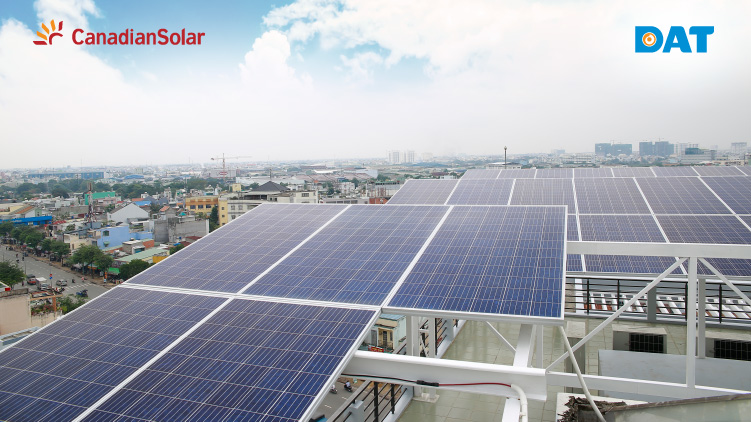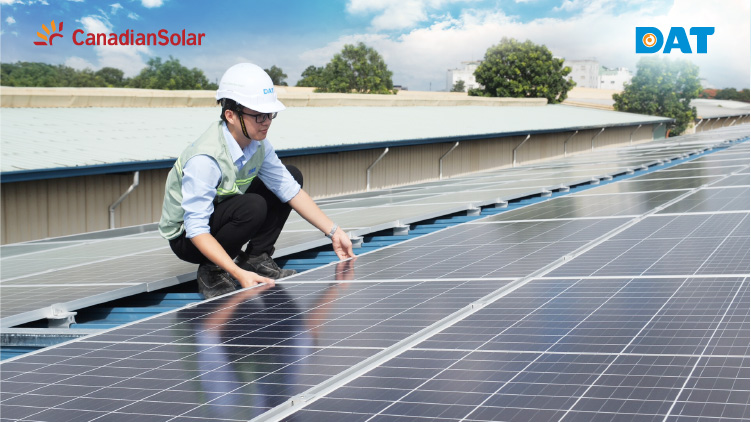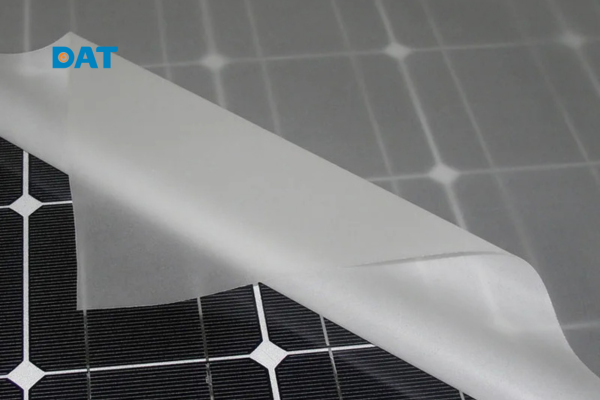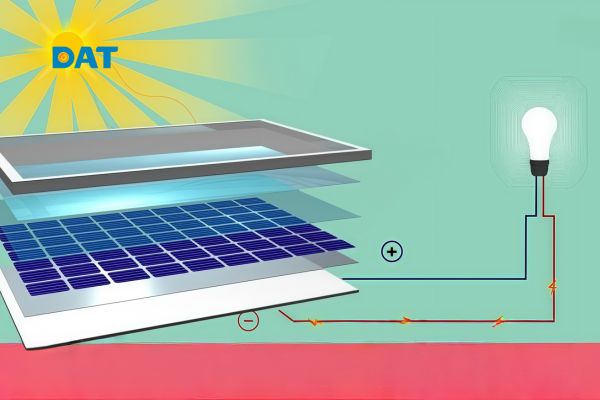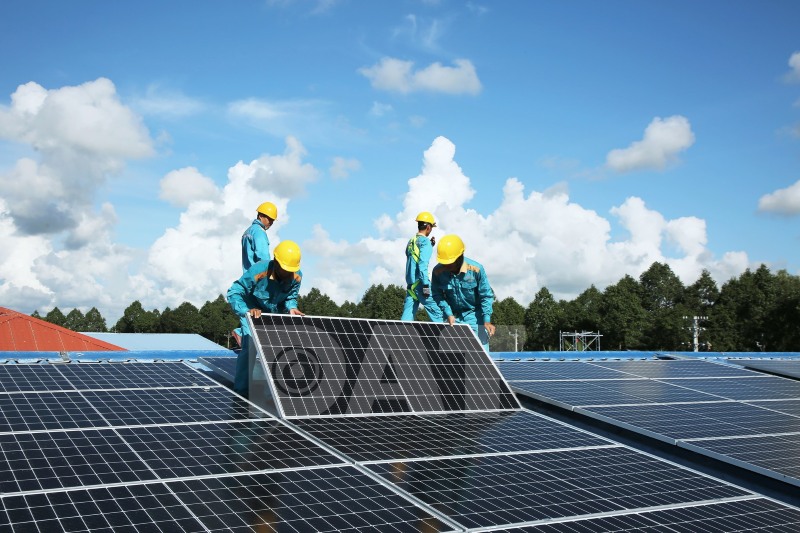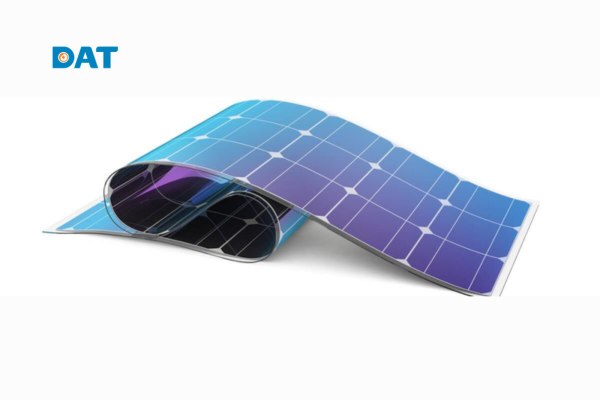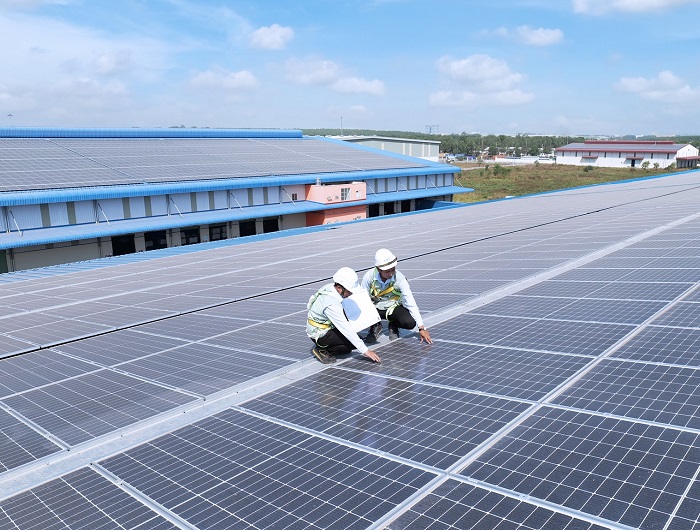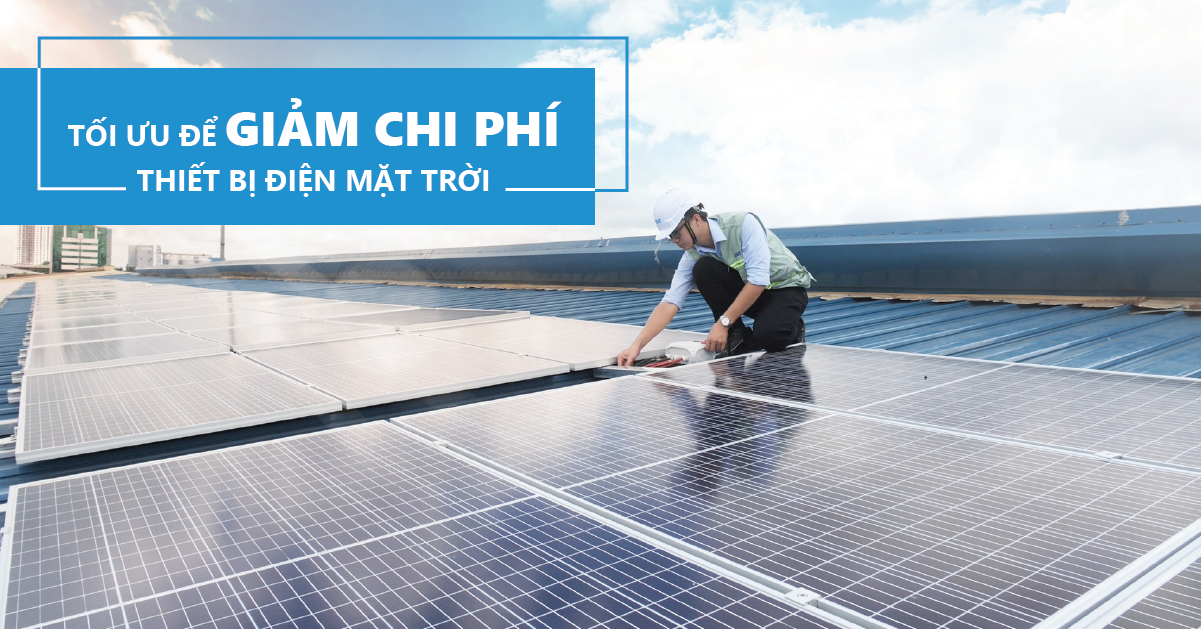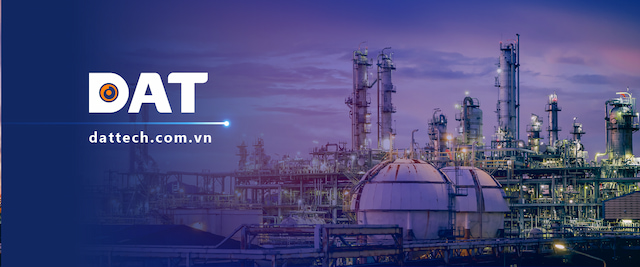Lựa chọn Tấm pin mặt trời như thế nào để mang lại hiệu suất cao?
Tấm pin mặt trời là yếu tố quan trọng cấu thành hệ thống điện mặt trời (chiếm khoảng 60% trên tổng chi phí đầu tư). Do đó, việc lựa chọn tấm pin sẽ ảnh hưởng lớn đến hiệu quả của hệ thống. Sau đây là những cách giúp bạn lựa chọn tấm pin mặt trời chất lượng.
1. Sự đồng đều của các tế bào quang điện
Tế bào quang điện (solar cell) là các đĩa silicon mỏng, có vai trò biến đổi ánh sáng mặt trời thành điện năng. Tấm pin điện mặt trời được tạo thành từ nhiều tế bào quang điện ghép nối tiếp với nhau. Nếu một tế bào không đạt chất lượng hoặc bị hỏng thì nó sẽ ảnh hưởng đến toàn tấm pin. Như vậy, sự đồng đều về chất lượng các tế bào quang điện sẽ tác động lớn đến chất lượng của tấm pin mặt trời.
Có 24 mức đánh giá chất lượng của tế bào quang điện và chúng được chia thành 3 nhóm sau:
Nhóm A (mức 1 – 8): Tế bào quang điện còn mới và không bị lỗi.
Nhóm B (mức 9 – 16): Tế bào quang điện ở mức này đã qua sử dụng nhưng chưa hỏng hóc.
Nhóm C (mức 17 – 24): Tế bào quang điện vẫn tạo ra điện mặt trời nhưng vòng đời của nó rất ngắn và hiệu suất thấp.
Nếu chất lượng kém hơn chuẩn của mức 24 thì sẽ là cell thải (cell loại). Tuy phải bỏ đi nhưng trên thực tế nhiều xưởng vẫn mua lại cell thải và lắp ghép thủ công nhằm hạ giá thành trong khi để đạt sự chính xác thì cần lắp ghép bằng robot. Những tấm pin này có hiệu suất kém và tuổi đời của nó chỉ khoảng một vài năm (một tấm pin chất lượng có thể hoạt động hiệu quả tới 25 năm).
Nhìn bằng mắt thường, tấm pin loại A không có bất kỳ khiếm khuyết nào có thể nhìn thấy; tấm pin loại B thì khiếm khuyết ít, chẳng hạn như: hơi cong, lệch màu… còn tấm pin loại C sẽ có rất nhiều khuyết điểm như độ cong vênh, thiếu đường mạch, trầy xước…
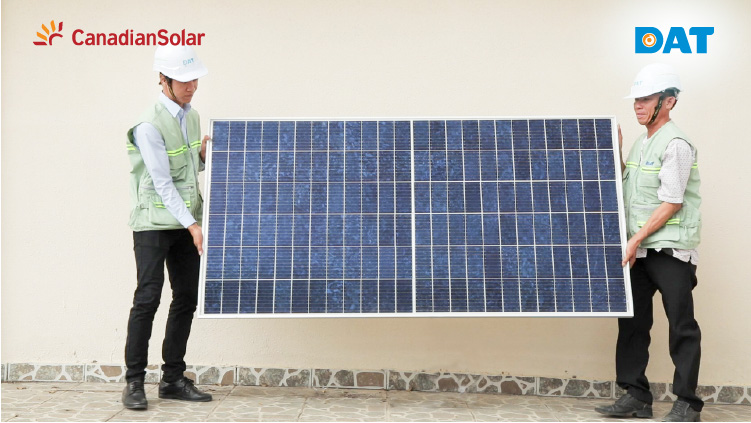
Thực tế, các nứt gãy bên trong và độ kết nối giữa các tế bào quang điện không thể nhìn được bằng mắt thường mà phải xem qua máy chụp quang (EL Test). Vì vậy, cách tốt nhất là bạn chỉ nên mua từ các nhà cung cấp uy tín, phân phối chính hãng và có dịch vụ bảo hành đảm bảo trên thị trường.
2. Chất lượng của khung nhôm, mặt kính, lớp EVA và đầu ra của tấm pin
Khung nhôm, mặt kính, lớp EVA và đầu ra của tấm pin là những phụ kiện pin năng lượng mặt trời. Một tấm pin tốt thì sẽ có những phụ kiện chất lượng và ngược lại. Với những phụ kiện này, bạn hoàn toàn có thể nhận định bằng mắt thường.
Thứ nhất, khung nhôm và mặt kính phải dày, chắc chắn. Kiểm tra lớp màng phía sau mặt kính bằng cách sờ vào nó. Lớp màng đạt chất lượng thì sẽ không quá mỏng và nhăn nheo.
Thứ hai, lớp kính EVA dày và không trầy xước hay rạn nứt vì nó không chỉ có tác dụng bảo vệ tấm pin mà còn mang tính thẩm mỹ.
Thứ ba, đầu ra của tấm pin phải có công suất phù hợp vì nó ảnh hưởng tới giá trị của hệ thống điện mặt trời. Nếu đầu ra có công suất quá thấp thì sẽ gây ra tình trạng thiếu năng lượng còn công suất quá cao thì sẽ tiêu phí nhiều tiền hơn so với giá cả thật cần bỏ ra.
Những sự cố thường gặp khi sử dụng tấm pin kém chất lượng:
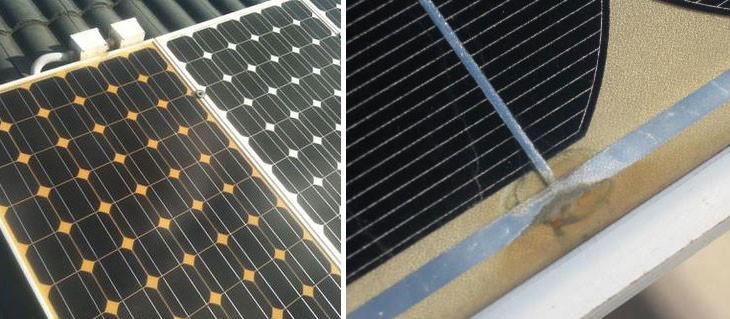
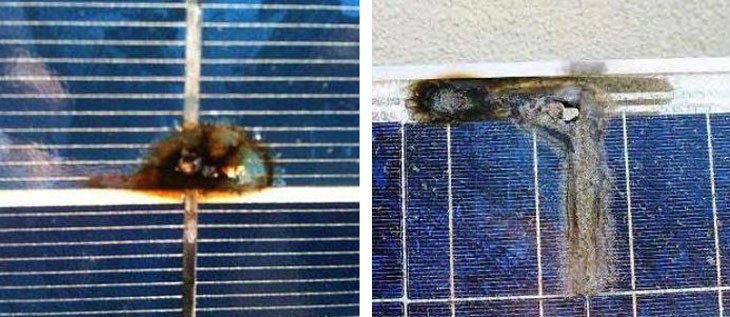
3. Xem xét hệ số suy hao do nhiệt độ của tấm pin
Trong vòng 25 năm, các tấm pin mặt trời sẽ phải chịu đựng hơn 100.000 giờ nắng nóng không ngừng.
Do đó, hãy chọn tấm pin mặt trời có hệ số suy hao do nhiệt độ càng thấp càng tốt.
Hệ số suy hao do nhiệt độ là một chỉ số cho thấy tấm pin có khả năng xử lý như thế nào trong điều kiện không lý tưởng. Các tấm pin mặt trời hoạt động tốt hơn khi chúng được giữ mát (lý tưởng là khoảng 25°C/77°F).

Đối với mỗi độ trên 25°C (77°F), sản lượng điện của tấm pin sẽ giảm theo hệ số suy hao do nhiệt độ. Ví dụ, pin mặt trời Canadian Solar CS3W-450MS có hệ số suy hao do nhiệt độ -0,36% /°C. Điều này có nghĩa là, nếu nhiệt độ của pin mặt trời tăng thêm một độ từ 25°C (77°F) đến 26°C (79°F), sản lượng điện của nó sẽ giảm 0,36%. Nếu nhiệt độ của nó tăng đến 35°C (95°F), sản lượng điện tạo ra sẽ giảm 3,6%. Như vậy, hệ số suy hao do nhiệt độ càng thấp thì tấm pin hoạt động càng hiệu quả.
4. Ưu tiên chọn tấm pin có trang bị nhiều công nghệ cao cấp
Tấm pin mặt trời ngày càng được cải tiến nhằm tạo ra hiệu suất cao hơn trước. Để chắc chắn về chất lượng, bạn nên hỏi nhà cung cấp tấm pin có được trang bị những công nghệ sau hay không.
Half-cut cells: Với công nghệ này, các cell pin được cắt đôi đi, do đó số lượng cell pin hoạt động độc lập sẽ tăng lên thành gấp đôi. Nhờ đó giảm suy hao công suất, tấm pin mát hơn khi hoạt động, tăng hiệu quả chuyển đổi quang năng. Ngoài ra, những yếu tố này còn giúp tấm pin có tuổi thọ cao hơn so với thông thường.
Black Silicon: Được áp dụng chất xúc tác kim loại MCCE và công nghệ cắt kim cương, tấm Wafer tinh thể Poly có khả năng hấp thụ ánh sáng ở các bước sóng rộng hơn. Bên cạnh đó, bề mặt còn được phủ thêm một lớp cấu trúc nano giúp giảm tỉ lệ phản xạ ánh sáng ngược lại xuống tối đa, nhờ đó đem lại hiệu suất phát điện cực cao.
PERC: Công nghệ này giúp cải thiện hiệu suất của tấm pin bằng cách cho phép các electron di chuyển dễ dàng hơn đồng thời tăng độ phản xạ ánh sáng ở mặt sau của cell pin mặt trời, giúp chuyển hóa lượng quang năng lớn hơn so với thông thường.
Multi Busbar: Busbar có vai trò là đường chính dẫn các electron từ cell pin ra mạch ngoài tạo thành dòng điện. Với một cell pin có nhiều busbar, các electron dễ dàng tập trung để tạo thành dòng điện hơn. Càng nhiều busbar thì sẽ dẫn dòng điện càng ổn định và ít bị tiêu hao hơn.
Thêm thông tin: Tấm Pin Canadian Solar Có Tốt Không?
5. Chọn nhà cung cấp uy tín
Ngay cả khi lựa chọn và nhận định được tấm pin mặt trời tốt thì vẫn chưa phải là tất cả. Trong suốt vòng đời của tấm pin, thật khó để đảm bảo rằng không xảy ra bất kì sự cố nào khi tấm pin phải trải qua các điều kiện thời tiết không thể đoán trước. Vì vậy, việc tìm kiếm một dịch vụ bảo hành từ nhà cung cấp uy tín nên là ưu tiên hàng đầu khi chọn mua tấm pin mặt trời.
Bên cạnh đó, bạn sẽ yên tâm hơn khi mua hàng từ đơn vị phân phối chính hãng (hoặc đối tác của những đơn vị này), vì họ nắm rõ tất cả phương pháp trong thiết kế, lắp đặt, cài đặt hệ thống nhằm tối ưu hiệu suất, đáp ứng tiêu chuẩn và hỗ trợ bảo hành nhanh chóng khi không may hệ thống của bạn gặp sự cố.
Dựa vào những tiêu chí trên, bạn có thể tham khảo một trong những thương hiệu hàng đầu hiện nay là Canadian Solar. Tấm pin này được sản xuất 100% bằng robot, đạt tiêu chuẩn loại A và được trang bị công nghệ cao cấp nhất như Black Silicon, Half-cut cells, PERC, Multi Busbar… giúp hấp thụ ánh sáng với bước sóng rộng hơn, tăng hiệu quả chuyển đổi quang năng, sinh ra dòng điện ổn định và ít bị tiêu hao hơn. Canadian Solar đạt nhiều tiêu chuẩn quốc tế: CSA, UL, TUV, CE, IEC, VDE…; là top 3 nhà sản xuất tấm pin lớn nhất thế giới và top 1 hiệu suất/giá. Hơn nữa, tấm pin này còn có tuổi thọ cao, lên đến 35 năm.
Nếu muốn mua tấm pin Canadian Solar thì sự lựa chọn an tâm nhất chính là Công ty TNHH Kỹ thuật DAT. DAT là đối tác ủy quyền của Canadian Solar nhiều năm tại Việt Nam và có hệ sinh thái giá trị giúp đảm bảo lợi ích và gia tăng sự hiệu quả cho khách hàng của mình.
Vì sao chọn DAT Solar?
✔ Sản phẩm được nhập trực tiếp từ Canadian Solar, không qua trung gian.
✔ 100% đều là sản phẩm loại A.
✔ Chúng tôi nắm rõ tất cả phương pháp trong thiết kế, lắp đặt, cài đặt hệ thống nhằm tối ưu hiệu suất và đáp ứng tiêu chuẩn, điều kiện bảo hành mà Canadian Solar đưa ra.
✔ DAT Solar là đại diện chính thức bảo vệ quyền lợi của khách hàng trong trường hợp sản phẩm có phát sinh vấn đề.
✔ 10 năm bảo hành phần cứng, 25 năm bảo hành hiệu suất và dịch vụ tận tâm.
✔ Đội ngũ nhân sự chuyên nghiệp hỗ trợ tư vấn và lắp đặt nhanh chóng với kho hàng luôn sẵn có lên đến 10MW.
Truy cập datsolar.com, fanpage DAT Solar hoặc gọi 1800 6567 để biết thêm chi tiết.

